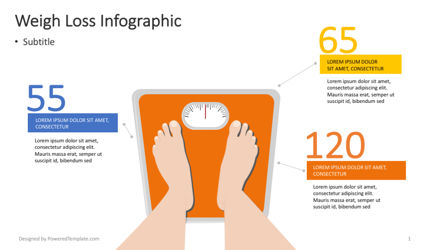Cold laser therapy is a non-invasive, pain-free therapy that helps reduce swelling and increases cell regrowth. It is a risk-free choice to invasive treatments and usually has immediate outcomes.
Laser photons start a chain reaction of chain reactions within the cell that reduce discomfort, swelling, and accelerate healing. It enhances blood flow to the location by inducing vasodilation.
What to Expect
Cold laser therapy is a non-invasive therapy that makes use of low-level laser light to pass through deep into hurt cells, causing cell feature on multiple levels to advertise cells recovery. This helps in reducing discomfort and inflammation, while advertising contraction and regrowth.
Throughout a session, you'll rest or lie down conveniently and the professional will certainly note the areas on your body that need to be treated. The specialist then applies a little portable tool with the laser to the area. During the treatment, you may feel a minor prickling or heat in the location of your injury.
Prior to starting treatment, it is essential to clean the area of your injury and remove any fashion jewelry or other items that might obstruct of the laser's path. It's likewise important to prevent any type of combustible products that could be in the area of the laser beam of light. This will certainly ensure your security and the efficiency of the treatment.
Preparation
Cold laser therapy works by shining light externally of your skin. The light is soaked up by the leading layer of your skin and after that promotes the cells to create energy that promotes recovery.
Throughout the therapy, you might feel a warm or tingling sensation in the location that is being dealt with. This is totally typical, though you ought to let the specialist know if the experience is awkward or also solid.
This therapy has a lot of guarantee for helping patients with traumatic mind injury (TBI). The therapy is non-invasive and doesn't have any adverse negative effects. Nevertheless, more research is required to figure out the ideal treatment method. The most effective method to find out if you are a candidate for this sort of treatment is to speak with a trained physiotherapist. They will certainly be able to aid you figure out if chilly laser therapy is right for you.
The Therapy
When the practitioner has actually appropriately positioned you for therapy, they will after that place the cold laser tool on the hurt location. They might keep it on for 30 secs or longer, depending upon the size of the injury and its level of sensitivity. They will use safety goggles to ensure that the laser does not straight hit the eyes, and they will certainly ensure that you are shielded from any type of glare that can occur.
You might feel a mild tingling experience on the area that is being treated, however it will not be undesirable or uncomfortable. This is an indicator that the laser is working to boost the healing procedure in the impacted cells.
Many patients experience discomfort relief within a couple of sessions, with some seeing lasting results also after several months of therapies. It is important to keep in mind that LLLT is not meant as a sole therapy for any persistent discomfort condition and it need to be paired with various other healing techniques in order to attain maximum outcomes.
Post-Treatment
After you lie down or rest, the specialist will certainly utilize a stick with a collection of light-emitting diodes to target your pain website. You will use safety eye safety glasses, and the laser may be hung on your skin for 30 to one minute. You may feel a mild, soothing feeling throughout the treatment.
The photons from the laser penetrate deep right into your cells, triggering a healing action on a cellular level. laser hair temoval Unlike other kinds of laser therapy, this low-intensity method does not produce warmth.
Some studies have revealed that cool laser treatment is effective in treating a variety of problems, consisting of chronic pain and injuries. Nonetheless, it is much less widely accepted as a common clinical practice, and it isn't covered by numerous medical insurance strategies. In addition, it is not recommended to be utilized over any type of dubious cancerous sores or cancers or on pregnant women. You must constantly seek advice from your oncologist before pursuing this form of treatment.
